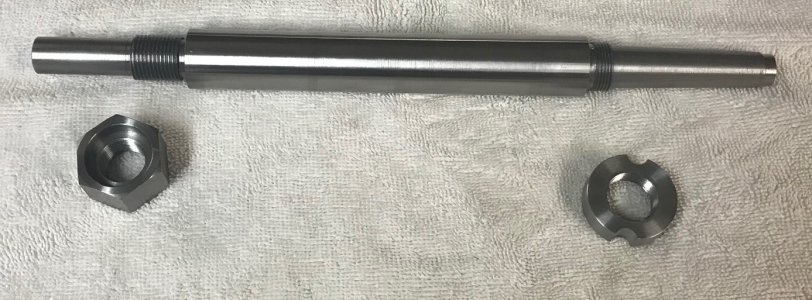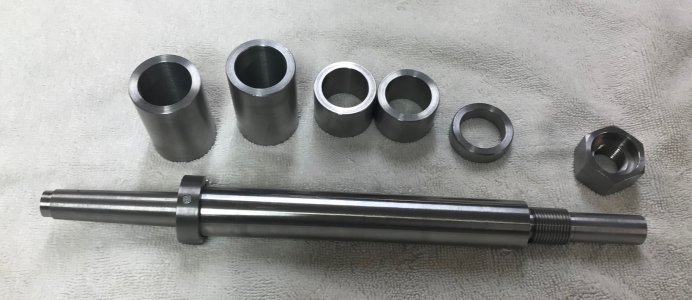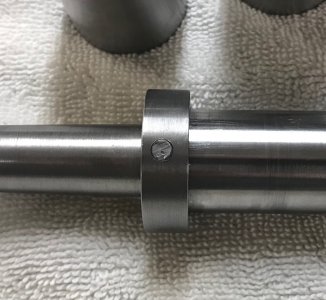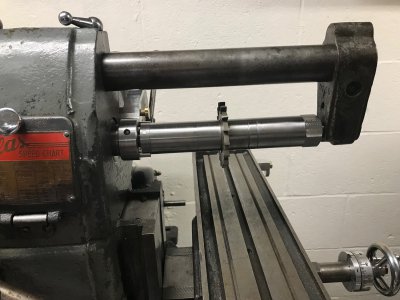Congrats, mostly for a successful Morse taper. A bit off and they do not work; excess taper wobbles, inadequate jams in the quill, especially if it's a drawbar!
re: pinning faces to shafts. The impulse is to center the through-hole of both axis. Should disassembly occur, that can be hard to replicate with a cylindrical pin. Offsetting the position can remedy that, even better utilizes taper pin; it conducts realignment.
If there were a choice between drawbar versus a stud, I'd rather wear out a nut, thrust washer and stud itself, than ID threads.
For lathes without enough set-over built into tailstock, there are all manner of adjustable centers. Even boring heads on a Morse Taper, poke a shopmade point in the hole; near infinite degree of increments. **
Lacking either, a simple work around via compound is solved with a narrow relief. On the male side, such an undercut allows repositioning carriage after establishing terminal end. Also doesn't hurt targeting a slight increase in overall length, and remove when completed.
** BTW; Source of hard enough material for a center? Who throws away broken endmills? They live until you can no longer mount them; chamfer tool, form tool, countersink, stationary edge finder, center finder, boring bar, dowel pin, gauge pin.......






